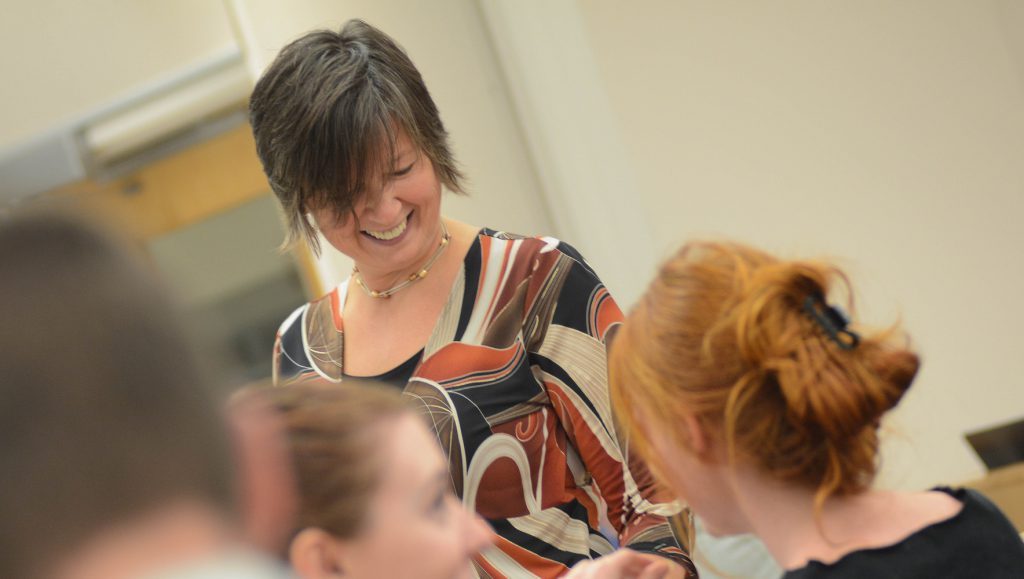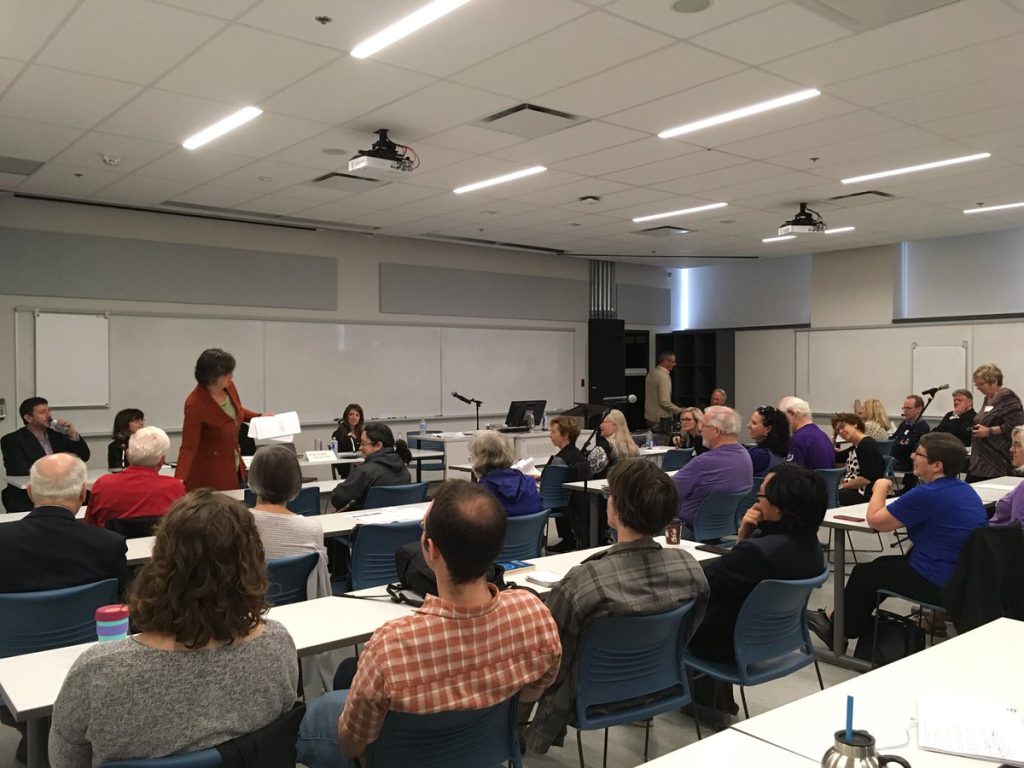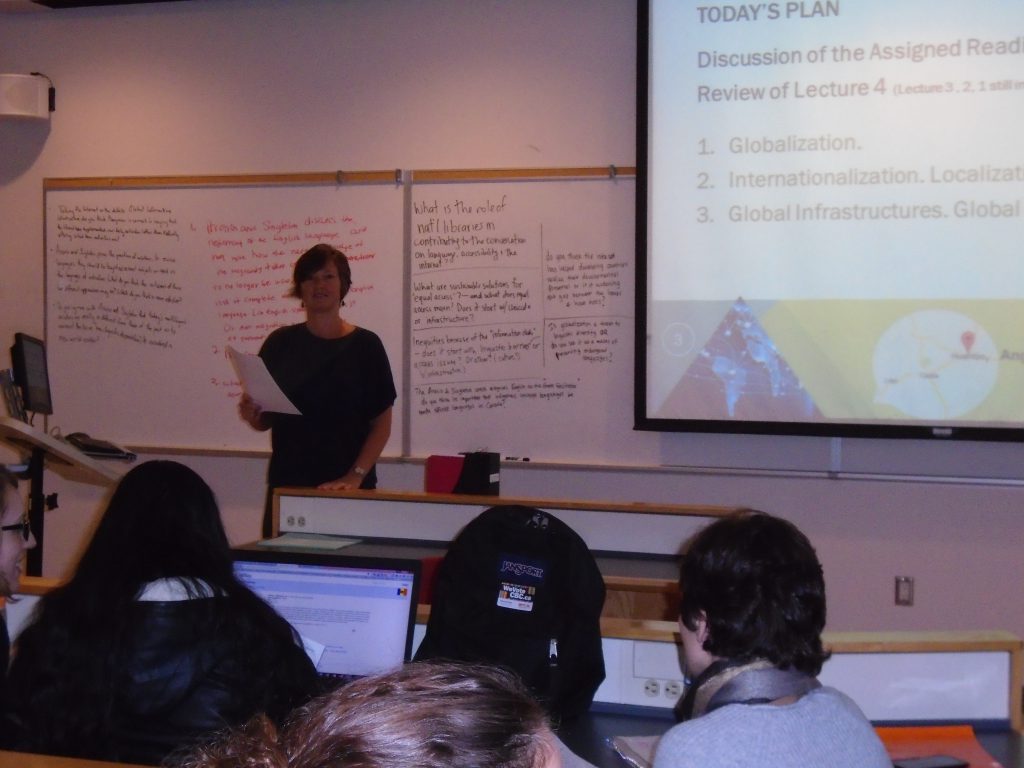As an educator, I use active and cooperative learning approach which engages students in such higher-order thinking tasks as analysis, synthesis, evaluation, and problem-solving. In class, we often go to small group discussions and hands-on activities, so that students can work together to maximize their learning. It may be somewhat challenging with larger classes, limited classroom time, or lack of student’s participation. So, to be successful at this approach, it requires adequate planning, flexibility, and awareness of alternative teaching strategies to grasp and hold attention.

Educational experts argue that the larger the class, the more essential it is to use active learning. Moving some material to hand-outs creates time for a brief in-class exercise such as problem-solving, question-answering, or note-consolidating. Those can be more effective than a traditional lecture format because they focus students on important points in the lecture and increase subsequent concentration.
The percentage of students that refuse to participate in activities is roughly equal or lower than the percentage of those who lose concentration in traditional lectures. A key to regaining control after a noisy exercise is in establishing a signal for finishing the exercise, stopping the activity after the prescribed time, and calling individual students or teams to state their results. A teacher has to be clear and intelligible in communicating ideas, and be able to lead the class through logically connected steps. A well-organized lecture is easy to follow. If students understand, they will be more likely to retain, recall, and apply the material.

My experience has taught me to pay attention to three key points when teaching.
1. Clarity of thought is essential. A teacher has to be clear and intelligible in communicating ideas, and be able to lead the class through logically connected steps. A well-organized lecture is easy to follow. If students understand, they will be more likely to retain, recall, and apply the material.
2. Creativity wakes students up. Steer away from the traditional lecture format and it might just make the content easier to digest. I strive to sense “the beat of the live audience” and be prepared for a change of pace with a brief activity or an improvised discussion. Educators should always be enthusiastic about involving students in new learning ways, while leaving lots of space for students’ initiative.
3. Interactions makes learning more fun! Socializing with peers sparks interest and makes learning cooperative and more fulfilling. Trained originally as a language teacher, I often re-discover and apply language-teaching techniques in information and language technology classes. Language classes are highly interactive and dynamic, while technology classes tend to be more passive and static. I strongly believe in creating an atmosphere of a warm welcome, conducive to socializing and learning from each other, no matter what content we explore. Teacher-to-student interaction is only a part of the overall educational success equation. For me as an educator, it is not a waste of time to discover students’ backgrounds, learning goals, and encourage their responses and feedback. In my understanding, a class that sits quietly expecting “to be educated” is a potential failure. Getting students to talk back ensures incremental understanding of the material in synchronous in-person classes (as well as in online settings like Zoom).
In summary, as an educator, I feel armed with three principles. I am dedicated to communicating ideas clearly and incrementally. I engage students in creative learning activities. I cultivate interactions and facilitate cooperative learning.

Dr. Rubin with her MLIA class (2015).
See also descriptions of individual courses under Teaching.
About ↗
Meet the Prof.
Teaching ↗
Take courses with Dr. Rubin at FIMS, Western.
Research ↗
Read about studies at LiT.RL.
Students ↗
Meet the team at Rubin’s LiT.RL Lab.
Book ↗
Read about mis-/disinformation.
Blog↗
“Newsbits-n-bytes:” events, talks, announcements.